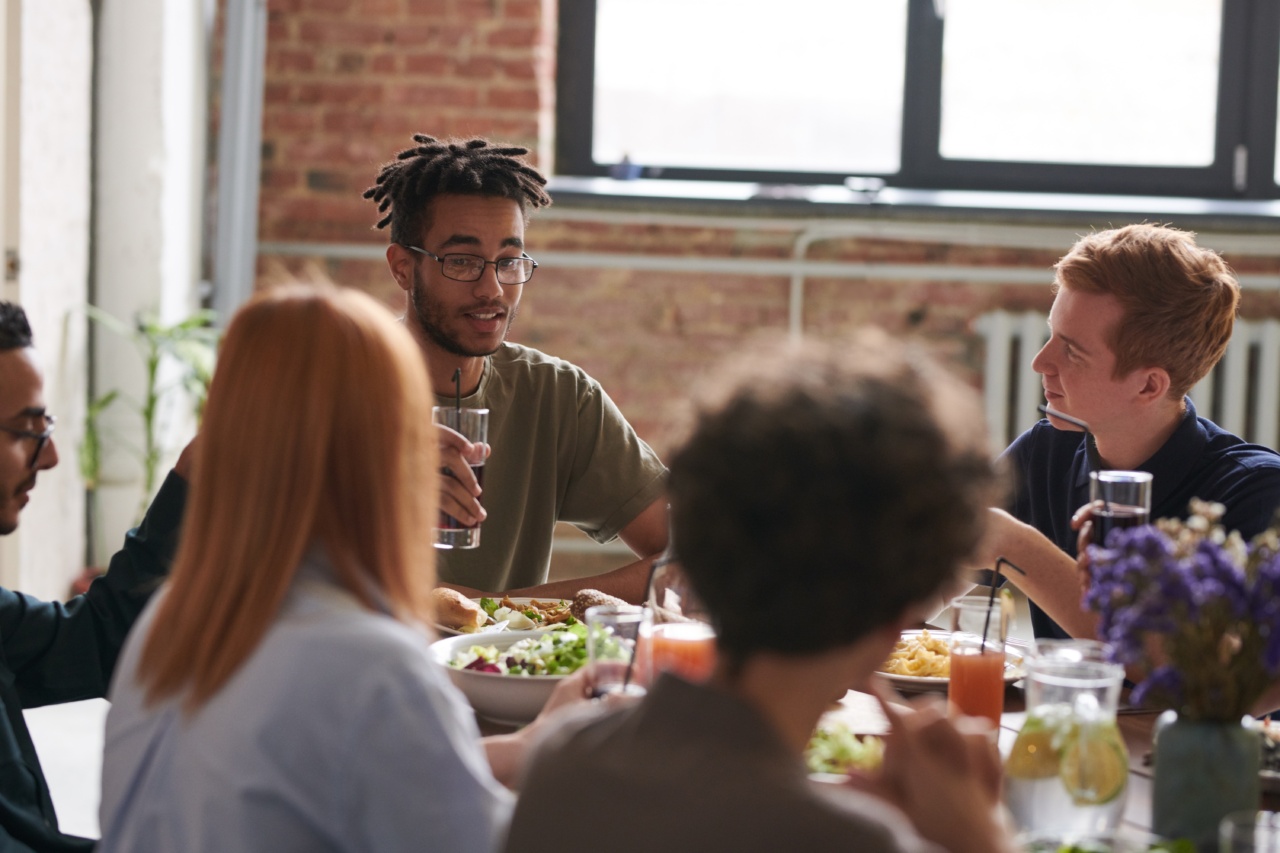Food is essential for our survival, a source of nourishment and energy for our body. We all love to indulge in our favorite foods, but little do we know, some foods can interact with the medicine we take, rendering it ineffective or even harmful.
This is known as a drug-food interaction.
What are Drug-Food Interactions?
Drug-food interactions occur when the food we eat affects the way the medication is processed in our body, leading to unpredictable consequences.
Some foods can interfere with the absorption of the medicine, while others can speed up or slow down its effects. In some cases, certain foods can even increase the risk of side effects.
Types of Drug-Food Interactions
Drug-food interactions can be broadly classified into four types:.
1. Food-Drug Absorption Interactions
Some foods can interfere with the absorption of drugs in our body, leading to a decrease in the medication’s efficacy.
For instance, drinking grapefruit juice with certain medications can increase the drug’s bioavailability, causing a drug overdose. Similarly, calcium-rich foods such as milk or cheese can interfere with the absorption of some antibiotics, leading to decreased efficacy.
2. Food-Drug Metabolism Interactions
Some foods can interfere with the metabolism of the drug in our body, leading to unpredictable consequences.
For instance, consuming alcohol with certain medications can interfere with the liver’s ability to process the drug, leading to an increased risk of liver damage. Similarly, consuming St. John’s wort or herbal supplements with certain medications can increase the risk of drug interactions, leading to serious health consequences.
3. Food-Drug Excretion Interactions
Some foods can interfere with the excretion of drugs in our body, leading to a build-up of the medication, leading to drug overdose or toxicity.
For instance, consuming high potassium foods such as black beans, spinach, or bananas with certain medications such as ACE inhibitors can lead to an increased risk of hyperkalemia, a severe condition characterized by high potassium levels in the blood.
4. Food-Drug Side Effect Interactions
Some foods can increase the risk of side effects when taken with certain medications.
For instance, consuming tyramine-rich foods such as aged cheese, dry sausage, or red wine with certain antidepressants can lead to a severe spike in blood pressure, leading to a risk of stroke or heart attack.
Examples of Drug-Food Interactions
Here are some examples of drug-food interactions:.
1. Grapefruit Juice and Statins
Grapefruit juice can interfere with the metabolism of statins, a commonly prescribed medication to lower cholesterol levels. This can lead to an increased risk of statin toxicity, causing muscle pain, weakness, and kidney damage.
2. Vitamin K and Blood Thinners
Vitamin K is essential in blood clotting, and consuming foods rich in vitamin K such as spinach, kale, and broccoli can interfere with the efficacy of blood thinners such as Warfarin, leading to an increased risk of stroke or bleeding.
3. Dairy Products and Antibiotics
Dairy products such as milk, yogurt, and cheese can reduce the absorption of certain antibiotics such as tetracycline, leading to decreased efficacy and potential treatment failure.
How to Avoid Drug-Food Interactions?
Here are some tips to avoid drug-food interactions:.
1. Read the Medication Label
Always read the medication label carefully and check for any food-related warning or precaution. Consult with your doctor or pharmacist if you have any concerns.
2. Be Aware of the Food You Eat
Be aware of the foods you consume and their potential interactions with medications. Avoid consuming large amounts of alcohol, caffeine, or herbal supplements when taking medication.
3. Take Medication as Recommended
Take medication as recommended by your doctor or pharmacist. Do not alter the dosage or frequency of the medication without consulting with your healthcare provider.
Conclusion
Drug-food interactions can have serious consequences on our health, and it is important to be aware of them.
Always read the medication label, be aware of the food you consume, and take medication as recommended to avoid potential drug-food interactions. Consult with your healthcare provider if you have any concerns regarding drug-food interactions. Remember, when it comes to food and medication, consuming them separately can be the best policy.






























